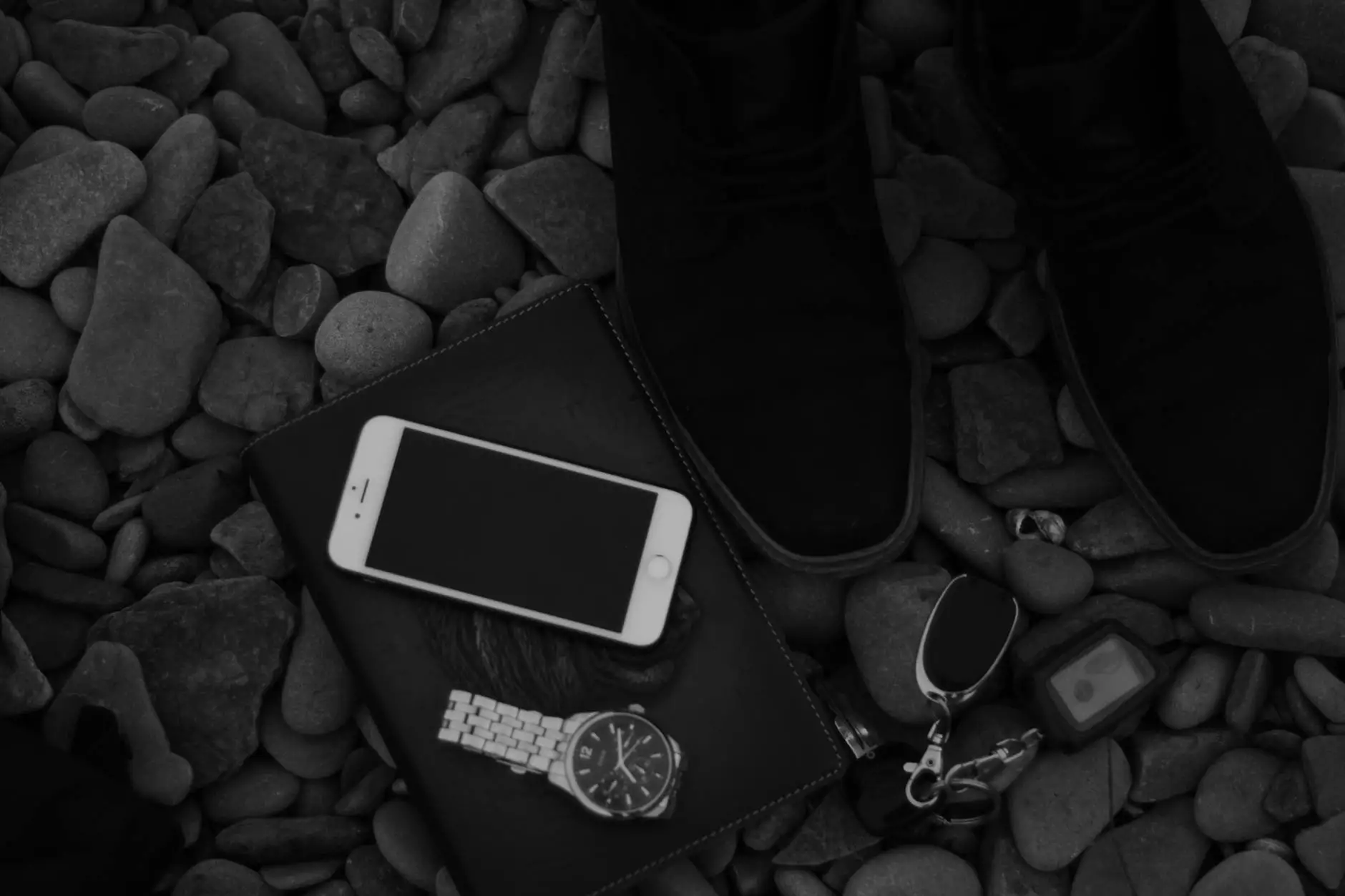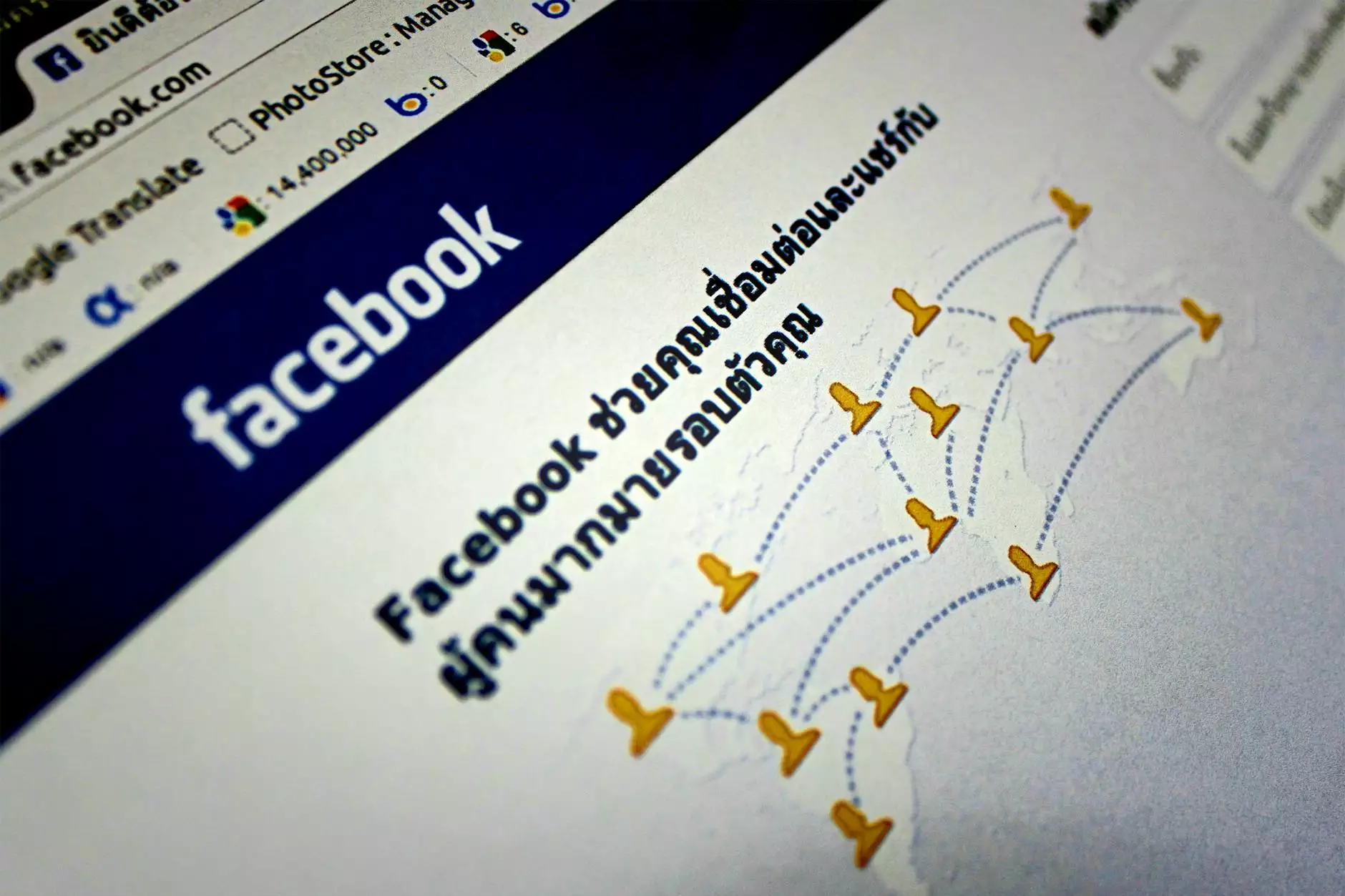Difference Between UI and UX? Which Comes First?
Blog
Welcome to CI Advertising! In this comprehensive guide, we will delve into the key differences between UI (User Interface) and UX (User Experience) and explore which one should come first in the design process. As a leading provider of marketing and advertising services, we understand the importance of intuitive and engaging user experiences, which ultimately drive customer satisfaction and business success.
The Basics: Understanding UI and UX
UI and UX are two crucial components of any design project, and although they are interconnected, they focus on different aspects of the user journey. Let's first define each term:
- User Interface (UI): UI refers to the visual elements of a digital interface, such as buttons, menus, and layout. It encompasses the aesthetic appeal and functionality of a website or application, ensuring that users can easily navigate and interact with the content.
- User Experience (UX): UX, on the other hand, encompasses the overall experience a user has when interacting with a product or service. It goes beyond visual design and involves understanding user behavior, conducting research, and optimizing the flow and usability of the interface.
Key Differences between UI and UX
Although UI and UX are intertwined, it's important to recognize their distinct roles in the design process. Here are some key differences:
User Interface (UI)
UI designers focus on crafting visually appealing and functional interfaces that are easy to use. They create layouts, choose color palettes, and select typography to establish the overall look and feel of a website or application. Some important aspects of UI design include:
- Wireframing and prototyping to visualize the interface structure
- Choosing intuitive navigation patterns and organizing content effectively
- Creating responsive designs that adapt to different devices and screen sizes
- Optimizing the placement and interaction of buttons and interactive elements
User Experience (UX)
UX designers focus on creating seamless and satisfying experiences for users. They conduct research, analyze user behaviors, and iterate designs to maximize usability and user satisfaction. Here are some key aspects of UX design:
- Conducting user research through surveys, interviews, and usability testing
- Mapping user journeys and identifying pain points in the interface
- Creating prototypes and conducting user testing to gather feedback
- Iterating designs based on user feedback and behavior analysis
The Relationship Between UI and UX
Although UI and UX have distinct roles, they are deeply interconnected. Effective design requires collaboration between UI and UX designers to ensure a seamless user experience. The relationship between UI and UX can be summarized as follows:
UI supports UX: A well-designed user interface enhances the overall user experience by providing users with visually pleasing and intuitive interactions. It complements the UX design by enabling users to easily navigate and engage with the product or service.
UX drives UI: User experience research and analysis inform UI design decisions. Understanding user behaviors, needs, and preferences helps UI designers create interfaces that meet users' expectations and cater to their specific requirements.
Which Comes First: UI or UX?
Now, let's address the burning question: Which comes first, UI or UX? While both UI and UX are critical components, the design process often begins with UX. Here's why:
1. Research and Analysis: UX designers conduct thorough research to gain insights into user needs, pain points, and behaviors. This research serves as a foundation for creating effective interfaces that align with user expectations.
2. Information Architecture: UX designers focus on structuring and organizing content in an intuitive and user-friendly way. This information architecture lays the groundwork for UI designers to create visually appealing interfaces that make the information easily accessible.
3. User Flows and Interactions: UX designers map out user flows and interactions to ensure a seamless and logical user journey. These user flows guide UI designers in determining the placement and behavior of various elements within the interface.
4. Prototyping and Testing: UX designers create prototypes and conduct user testing to gather feedback and validate design decisions. This iterative process helps refine the user experience before moving on to the UI design phase.
Once the UX design is well-established, UI designers can step in and bring the visual aspects to life. They incorporate branding elements, design aesthetics, and interactive elements to create an interface that is not only visually appealing but also aligned with the user's expectations and the objectives of the business or brand.
Conclusion
In summary, understanding the difference between UI and UX is essential for creating exceptional user experiences. While UI focuses on visual design and functionality, UX delves deeper into user behavior and overall satisfaction. UX typically comes first in the design process, providing the foundation upon which UI is built.
At CI Advertising, we specialize in delivering superior marketing and advertising services that prioritize user-centric design and outstanding user experiences. Contact us today to discuss how we can help you elevate your brand's digital presence.










